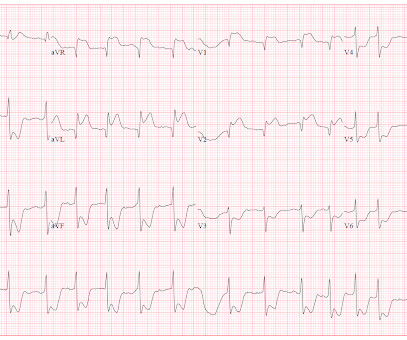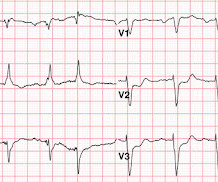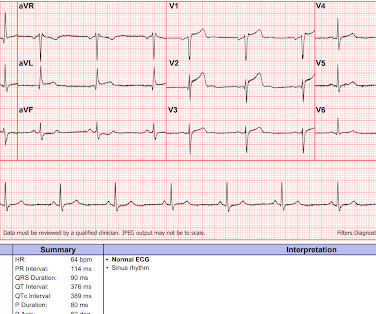A man in his 70s with acute chest pain and paced rhythm.
Dr. Smith's ECG Blog
MAY 8, 2023
Diagnosis of Acute Myocardial Infarction in the Presence of Left Bundle Branch Block using the ST Elevation to S-Wave Ratio in a Modified Sgarbossa Rule. Electrocardiographic Diagnosis of Acute Coronary Occlusion Myocardial Infarction in Ventricular Paced Rhythm Using the Modified Sgarbossa Criteria.












Let's personalize your content